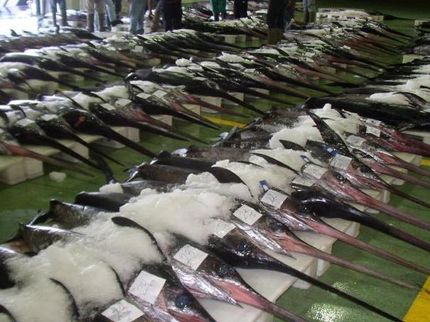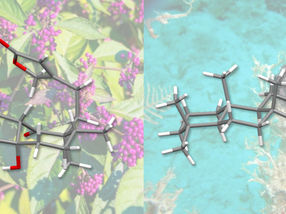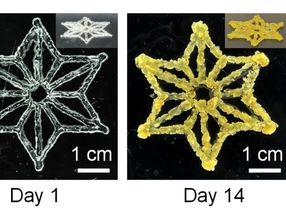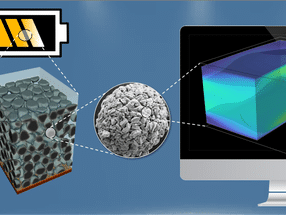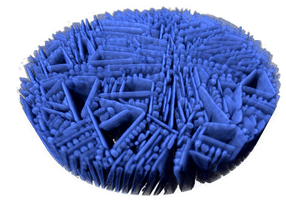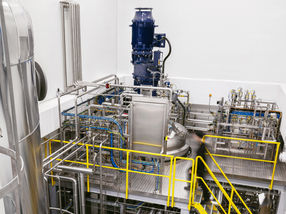How mercury contamination affects reptiles in the Amazon basin
mercury contamination in water and on land is of worldwide concern due to its toxic effects on ecosystems and human health. Mercury toxicity is of particular concern to reptiles because they are currently experiencing population declines. Also, reptiles are ideal indicators of mercury contamination in aquatic environments because they are long lived and occupy diverse habitats.
In a new study, researchers assessed uptake of mercury in 2 species of turtle and 2 species of caiman (which are related to alligators) in a remote Amazonian basin. The team uncovered the presence of mercury in reptiles in the region despite its remote location but found that the concentrations of mercury were typically below World Health Organization guidelines for consumption. While the reptiles are generally safe for consumption (which is common among Amazonian people), the liver levels of mercury were higher than recommended levels for pregnant women and children. The investigators suspect that reptiles may have evolved a way to eliminate mercury faster than they accumulate it.
"Interestingly, relatively high concentrations of mercury in reptiles, fish, and humans in some areas of the Amazon seem to be of natural origin, but there remains many unanswered questions as to the sources and fate of mercury in the region," said Sam Eggins, lead author of the study. "Our study shows the potential for using Amazonian reptiles to monitor environmental mercury concentrations and should contribute to unraveling the bigger picture of mercury cycling in the Amazon."
Original publication
Most read news
Original publication
Eggins, Sam and Schneider, Larissa and Krikowa, Frank and Vogt, Richard C. and Silveira, Ronis Da and Maher, William; "Mercury concentrations in different tissues of turtle and caiman species from the Rio Purus, Amazonas, Brazil"; Environmental Toxicology and Chemistry; 2015
Organizations
Other news from the department science

Get the chemical industry in your inbox
From now on, don't miss a thing: Our newsletter for the chemical industry, analytics, lab technology and process engineering brings you up to date every Tuesday and Thursday. The latest industry news, product highlights and innovations - compact and easy to understand in your inbox. Researched by us so you don't have to.
